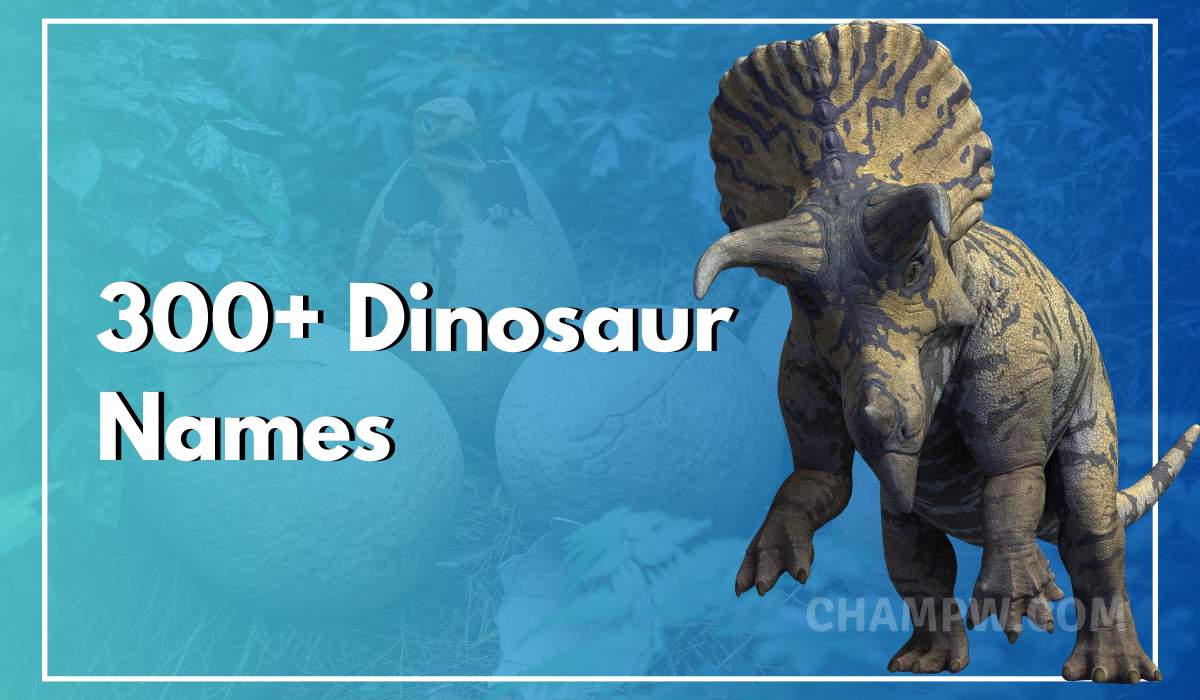As we delve into the world of dinosaur names, it’s important to consider the cultural influences that have shaped their nomenclature. Many dinosaur names are derived from Greek or Latin words, reflecting the scientific origins of their classification.
However, as our understanding of dinosaurs has evolved, we have also seen an increasing trend towards naming them after geographical locations, famous individuals, or even pop culture references. This diversity in naming practices not only adds to the charm and whimsy of these ancient creatures but also serves as a reminder of the creativity and imagination of the paleontologists who study them.
Furthermore, the names of dinosaurs often reflect the characteristics or behaviors that they are known for. From the agile and cunning namesake of the Velociraptor to the armored and formidable Ankylosaurus, each name provides a glimpse into the unique traits and abilities of these creatures. By studying the meanings behind these names, we can gain a deeper appreciation for the diverse range of adaptations that allowed dinosaurs to thrive in their prehistoric environments.
Dinosaur Names
Here is a list of 300 dinosaur names categorized by period, size, and diet, along with additional details for educational purposes:
Dinosaur Names (By Period)
Here are some Dinosaur Names (By Period).
Triassic Period (Approx. 252-201 million years ago)
Here are few Dinosaur Names from Coelophysis & Plateosaurus period.
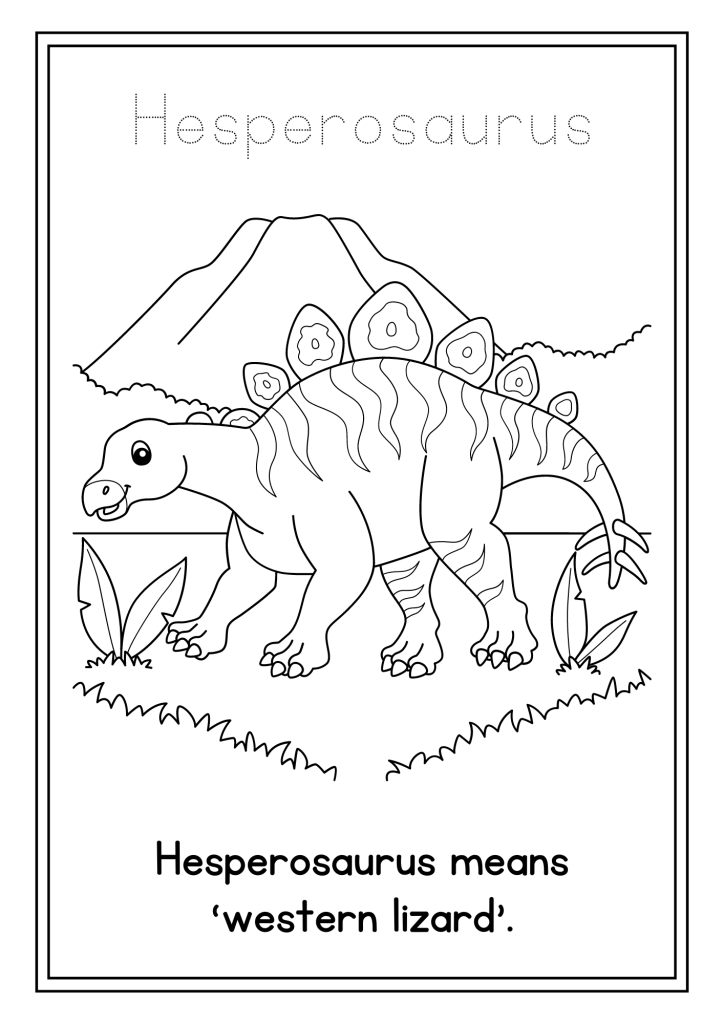
- Coelophysis
- Discovery Location: New Mexico, USA
- Year Discovered: 1889
- Estimated Size: 3 m (10 ft), 20 kg (44 lbs)
- Diet: Carnivore
- Unique Characteristics: Slender body, long legs, and a lightweight skeleton.
- Behavioral Adaptations: Likely a fast runner.
- Predators/Prey: Small dinosaurs and insects.
- Extinction Details: Not applicable; lived early in the Mesozoic.
- Cultural/Historical: Featured in several documentaries about dinosaurs.
- Plateosaurus
- Discovery Location: Germany
- Year Discovered: 1837
- Estimated Size: 10 m (33 ft), 4,000 kg (8,800 lbs)
- Diet: Herbivore
- Unique Characteristics: Long neck and tail, robust limbs.
- Behavioral Adaptations: Could walk on two or four legs.
- Predators/Prey: Preyed upon by large carnivores like theropods.
- Extinction Details: Not applicable; lived in the Late Triassic.
- Cultural/Historical: Important in understanding early sauropodomorphs.
Jurassic Period (Approx. 201-145 million years ago)
- Brachiosaurus
- Discovery Location: North America, USA
- Year Discovered: 1900
- Estimated Size: 25 m (82 ft), 30,000 kg (66,000 lbs)
- Diet: Herbivore
- Unique Characteristics: Long neck, front legs longer than hind legs.
- Behavioral Adaptations: Could reach high vegetation.
- Predators/Prey: Threatened by carnivores like Allosaurus.
- Extinction Details: Not applicable; known from the Late Jurassic.
- Cultural/Historical: Popular in media, including “Jurassic Park.”
- Stegosaurus
- Discovery Location: North America, USA
- Year Discovered: 1877
- Estimated Size: 9 m (30 ft), 2,200 kg (4,850 lbs)
- Diet: Herbivore
- Unique Characteristics: Plates along its back, spiked tail.
- Behavioral Adaptations: Possibly used plates for temperature regulation.
- Predators/Prey: Preyed upon by large carnivores.
- Extinction Details: Not applicable; lived in the Late Jurassic.
- Cultural/Historical: Frequently depicted in children’s books.
Cretaceous Period (Approx. 145-66 million years ago)

- Tyrannosaurus Rex
- Discovery Location: North America, USA
- Year Discovered: 1902
- Estimated Size: 12 m (39 ft), 9,000 kg (20,000 lbs)
- Diet: Carnivore
- Unique Characteristics: Powerful jaws, tiny arms.
- Behavioral Adaptations: Known as an apex predator.
- Predators/Prey: Preyed on large herbivores; few known predators.
- Extinction Details: Extinct at the end of the Cretaceous.
- Cultural/Historical: Iconic dinosaur, popular in films and books.
- Triceratops
- Discovery Location: North America, USA
- Year Discovered: 1887
- Estimated Size: 9 m (30 ft), 5,500 kg (12,100 lbs)
- Diet: Herbivore
- Unique Characteristics: Three facial horns, large frill.
- Behavioral Adaptations: Likely lived in herds.
- Predators/Prey: Attacked by Tyrannosaurus rex.
- Extinction Details: Extinct at the end of the Cretaceous.
- Cultural/Historical: Extensive fossil records have led to many discoveries.
Dinosaur Names (By Size)
here are some Dinosaur Names by size like large, medium and small.
Large Dinosaurs
- Argentinosaurus
- Discovery Location: Argentina
- Year Discovered: 1993
- Estimated Size: 30 m (98 ft), 70,000 kg (154,000 lbs)
- Diet: Herbivore
- Unique Characteristics: One of the largest known dinosaurs.
- Behavioral Adaptations: Migratory patterns for feeding.
- Predators/Prey: Very few predators due to size.
- Extinction Details: Not applicable; lived in the Late Cretaceous.
- Cultural/Historical: Significant in discussions about sauropod size.
- Spinosaurus
- Discovery Location: North Africa
- Year Discovered: 1912
- Estimated Size: 15 m (49 ft), 7,000 kg (15,400 lbs)
- Diet: Carnivore
- Unique Characteristics: Sail-like structure on its back.
- Behavioral Adaptations: Semi-aquatic; hunted fish.
- Predators/Prey: Competed with other large predators.
- Extinction Details: Not applicable; lived in the Late Cretaceous.
- Cultural/Historical: Featured in films and documentaries.
Medium Dinosaurs
- Iguanodon
- Discovery Location: Europe
- Year Discovered: 1825
- Estimated Size: 10 m (33 ft), 3,000 kg (6,600 lbs)
- Diet: Herbivore
- Unique Characteristics: Thumb spike for defense.
- Behavioral Adaptations: Lived in herds for protection.
- Predators/Prey: Attacked by larger theropods.
- Extinction Details: Not applicable; lived in the Early Cretaceous.
- Cultural/Historical: One of the first dinosaurs to be named.
- Ankylosaurus
- Discovery Location: North America, USA
- Year Discovered: 1908
- Estimated Size: 8 m (26 ft), 6,000 kg (13,200 lbs)
- Diet: Herbivore
- Unique Characteristics: Armored body with a clubbed tail.
- Behavioral Adaptations: Defense mechanism against predators.
- Predators/Prey: Attacked by large carnivores like T. rex.
- Extinction Details: Extinct at the end of the Cretaceous.
- Cultural/Historical: Often depicted in media as a heavily armored dinosaur.
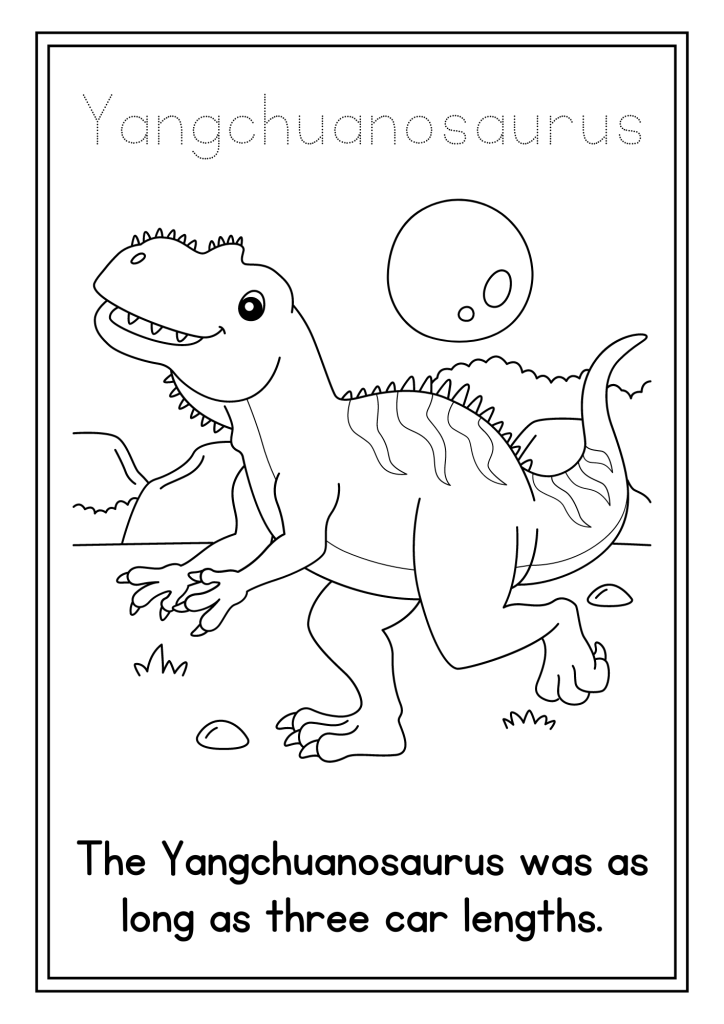
Small Dinosaurs
- Microraptor
- Discovery Location: China
- Year Discovered: 2000
- Estimated Size: 0.77 m (2.5 ft), 1 kg (2.2 lbs)
- Diet: Carnivore
- Unique Characteristics: Feathered, four-winged dinosaur.
- Behavioral Adaptations: Capable of gliding between trees.
- Predators/Prey: Small mammals and other small dinosaurs.
- Extinction Details: Not applicable; lived in the Early Cretaceous.
- Cultural/Historical: Key to understanding the evolution of birds.
- Compsognathus
- Discovery Location: France
- Year Discovered: 1859
- Estimated Size: 1 m (3.3 ft), 3 kg (6.6 lbs)
- Diet: Carnivore
- Unique Characteristics: Small, agile predator.
- Behavioral Adaptations: Likely hunted in packs.
- Predators/Prey: Preyed upon small reptiles and insects.
- Extinction Details: Not applicable; lived in the Late Jurassic.
- Cultural/Historical: Featured in several documentaries and films.
Dinosaur Names (By Diet)
Here are few Dinosaur Names By Diet like Herbivores and Carnivores.
Herbivores
- Parasaurolophus
- Discovery Location: North America, Canada
- Year Discovered: 1920
- Estimated Size: 9 m (30 ft), 2,500 kg (5,500 lbs)
- Diet: Herbivore
- Unique Characteristics: Long, curved crest on its head.
- Behavioral Adaptations: Used crest for communication.
- Predators/Prey: Threatened by large carnivores like T. rex.
- Extinction Details: Extinct at the end of the Cretaceous.
- Cultural/Historical: Often depicted in educational materials.
- Hadrosaurus
- Discovery Location: North America, USA
- Year Discovered: 1858
- Estimated Size: 9 m (30 ft), 3,600 kg (8,000 lbs)
- Diet: Herbivore
- Unique Characteristics: Duck-billed dinosaur.
- Behavioral Adaptations: Likely traveled in herds.
- Predators/Prey: Preyed upon by theropods.
- Extinction Details: Extinct at the end of the Cretaceous.
- Cultural/Historical: First dinosaur to have a complete skeleton found.
Carnivores
- Velociraptor
- Discovery Location: Mongolia
- Year Discovered: 1924
- Estimated Size: 2 m (6.5 ft), 15 kg (33 lbs)
- Diet: Carnivore
- Unique Characteristics: Small, feathered dinosaur with a sickle-shaped claw.
- Behavioral Adaptations: Likely hunted in packs.
- Predators/Prey: Preyed on small mammals and possibly larger prey.
- Extinction Details: Extinct at the end of the Cretaceous.
- Cultural/Historical: Popularized by “Jurassic Park.”
- Allosaurus
- Discovery Location: North America, USA
- Year Discovered: 1877
- Estimated Size: 8.5 m (28 ft), 2,500 kg (5,500 lbs)
- Diet: Carnivore
- Unique Characteristics: Large head with sharp teeth, powerful limbs.
- Behavioral Adaptations: Apex predator of its time.
- Predators/Prey: Preyed on large herbivores like Stegosaurus.
- Extinction Details: Not applicable; lived in the Late Jurassic.
- Cultural/Historical: Frequently depicted in museum displays.
A to Z List of Dinosaur Names
Here are the complete list of Dianosaur From A to Z.
A
- Abelisaurus
- Acanthopholis
- Alamosaurus
- Allosaurus
- Ankylosaurus
- Apatosaurus
- Archaeopteryx
- Argentinosaurus
- Astrodon
- Atrociraptor
B
- Bactrosaurus
- Baryonyx
- Beipiaosaurus
- Bellusaurus
- Brachiosaurus
- Brontosaurus
- Carcharodontosaurus
- Carnotaurus
- Choyrodon
- Chungkingosaurus
C
- Caenagnathus
- Campanosaurus
- Ceratosaurus
- Choyrodon
- Citipati
- Coelophysis
- Compsognathus
- Conchoraptor
- Corythosaurus
- Crichtonsaurus
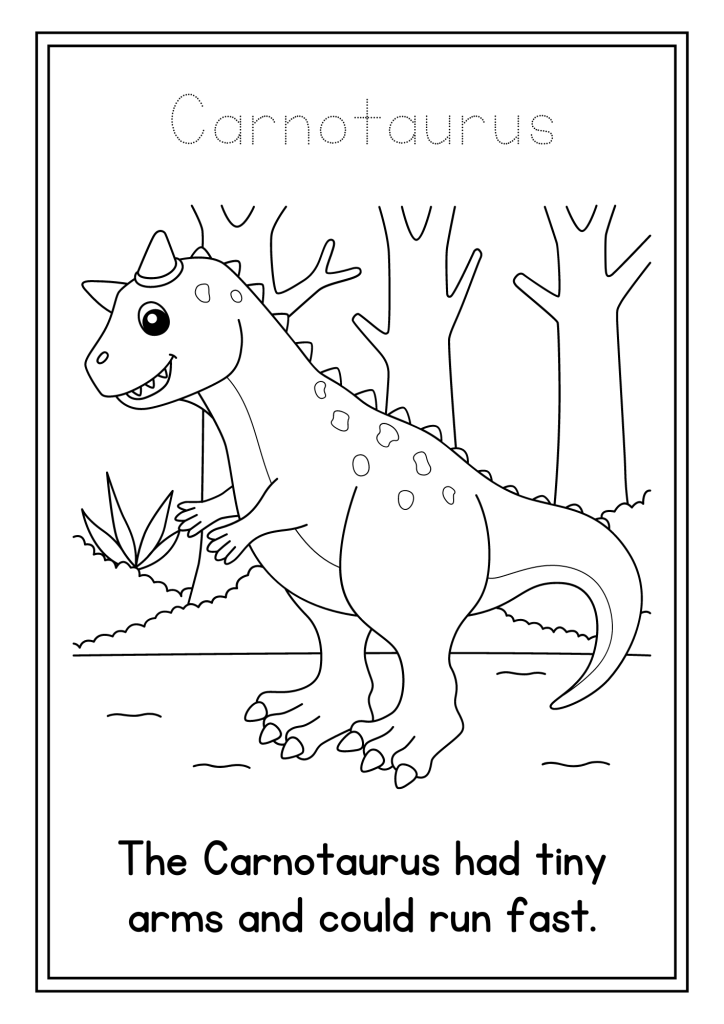
D
- Dakota raptor
- Dreadnoughtus
- Deinocheirus
- Dilophosaurus
- Diplodocus
- Draconyx
- Dryosaurus
- Dromaeosaurus
- Dryptosaurus
- Dyoplosaurus
E
- Einiosaurus
- Elaphrosaurus
- Eotrachodon
- Eotrachodon
- Erketu
- Euoplocephalus
- Eoraptor
- Eotrachodon
- Edmontosaurus
- Edmontosaurus
F
- Fabrosaurus
- Falcarius
- Fukuivenator
- Giganotosaurus
- Gallimimus
- Garudimimus
- Hypsilophodon
- Iguanodon
- Incisivosaurus
- Isisaurus
G
- Giganotosaurus
- Gigantoraptor
- Giraffatitan
- Glacialisaurus
- Goniopholis
- Granatosaurus
- Gryposaurus
- Guanlong
- Gryposaurus
- Giraffatitan
H
- Heterodontosaurus
- Hesperornis
- Hypsilophodon
- Hypacrosaurus
- Hatzegopteryx
- Heptasteornis
- Homalocephale
- Hypsilophodon
- Heterodontosaurus
- Hesperornis
I
- Iguanodon
- Irriaskodon
- Incisivosaurus
- Isisaurus
- Irritator
- Ibadon
- Iguanodon
- Irenchek
- Indosuchus
- Ischigualastia
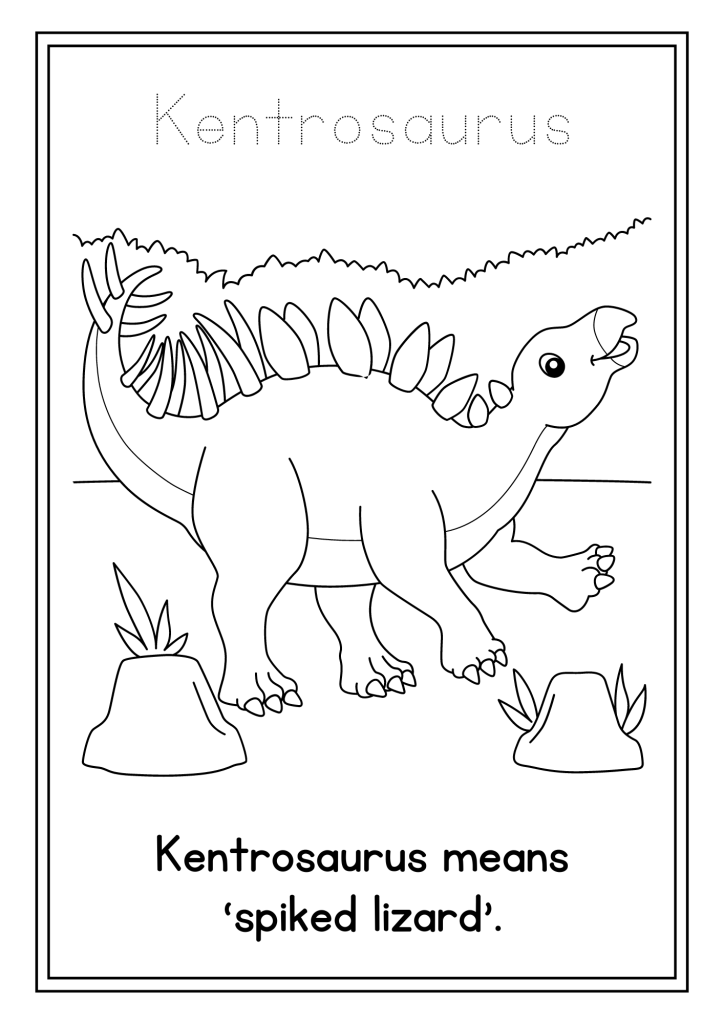
J
- Jinfengopteryx
- Juravenator
- Juraraptor
- Jeholornis
- Jingshanosaurus
- Jobaria
- Jubaeosaurus
- Juvenile T. rex
- Jalilithyra
- Janenschia
K
- Kagoshimaosaurus
- Kentrosaurus
- Kritosaurus
- Khaan
- Kotasaurus
- Kompsosaurus
- Kritosaurus
- Lambeosaurus
- Lythronax
- Lufengosaurus
L
- Lufengosaurus
- Lythronax
- Lesothosaurus
- Leptocyon
- Lophorhothon
- Lurdusaurus
- Lythronax
- Lurdusaurus
- Longisquama
- Lesothosaurus
M
- Matheronodon
- Megalosaurus
- Micropachycephalosaurus
- Minmi
- Monolophosaurus
- Matheronodon
- Matheronodon
- Morelladon
- Mystriosaurus
- Matheronodon
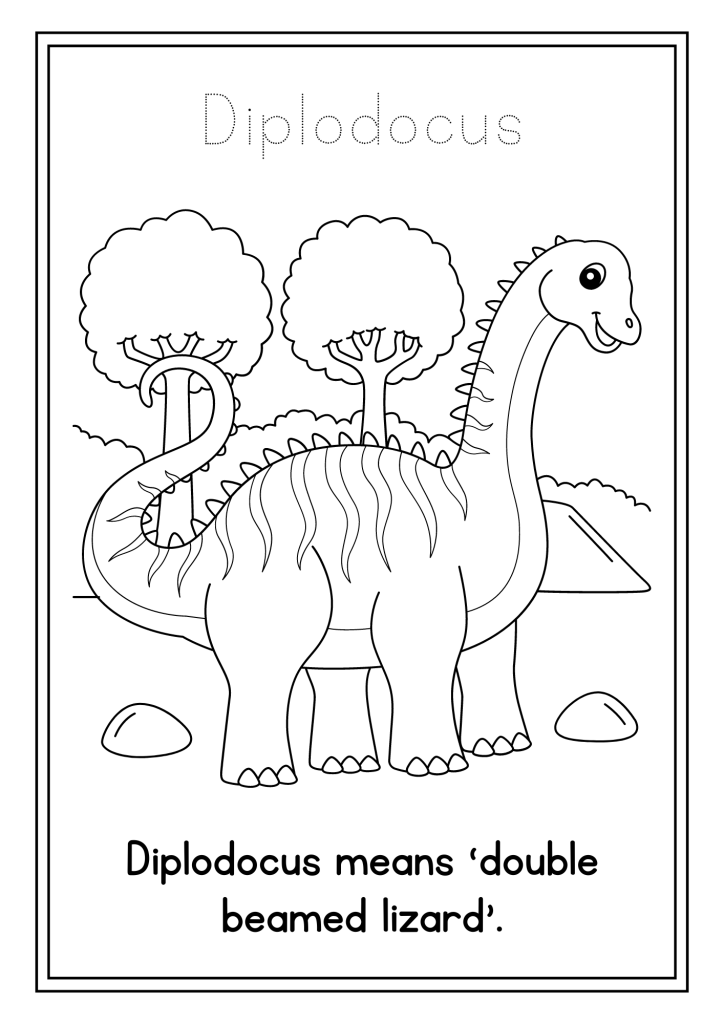
N
- Nanotyrannus
- Nodosaurus
- Notohypsilophodon
- Neovenator
- Nothronychus
- Nodosaurus
- Nazcaornis
- Neoceratopsia
- Nanosaurus
- Nodosaurus
O
- Oviraptor
- Ouranosaurus
- Ornithomimus
- Oviraptor
- Orodromeus
- Osbornosaurus
- Osteodontornis
- Olorotitan
- Ornithocheirus
- Oviraptor
P
- Pachycephalosaurus
- Parasaurolophus
- Plesiosaurus
- Polacanthus
- Plateosaurus
- Protoceratops
- Proterogyrinus
- Psittacosaurus
- Pectinodon
- Pteranodon
Q
- Quaesitosaurus
- Qianzhousaurus
- Quetzalcoatlus
- Quasikryptosaurus
- Quandratitan
- Quenstedtosaurus
- Quangzhouosaurus
- Quetzalcoatlus
- Quasikryptosaurus
- Quercytherium
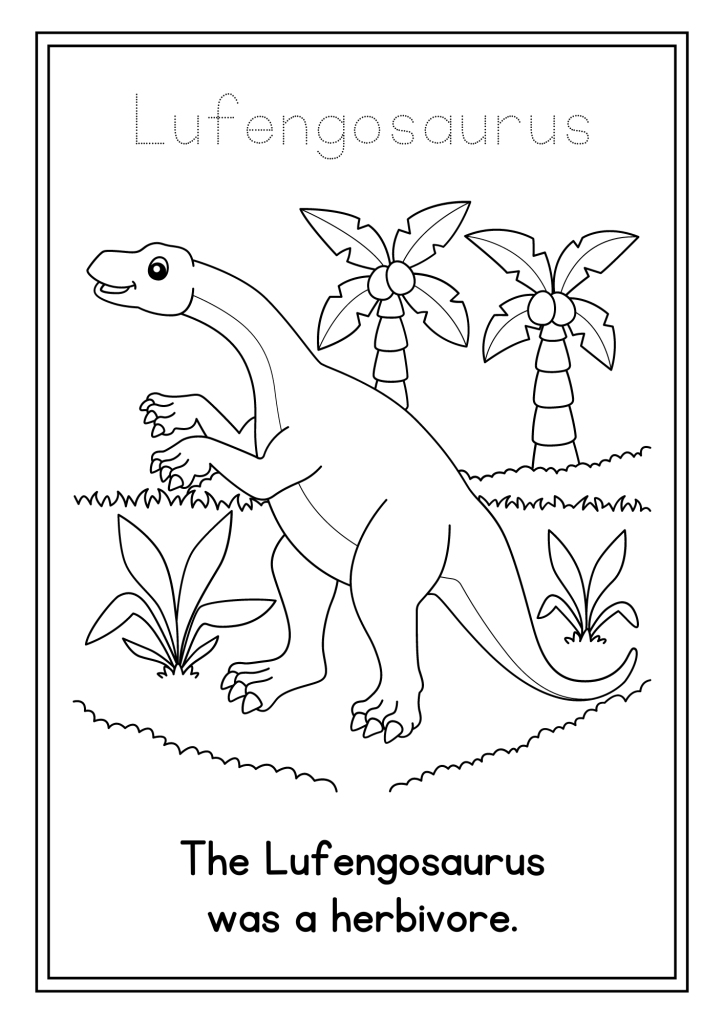
R
- Rhabdodon
- Raptor
- Ruyangosaurus
- Rhabdodon
- Rebbachisaurus
- Rhabdodon
- Rhabdodon
- Rhabdodon
- Rhabdodon
- Rhabdodon
S
- Spinosaurus
- Stegosaurus
- Styracosaurus
- Saurophaganax
- Suchomimus
- Sarcosuchus
- Sinraptor
- Siamotitan
- Saurornithoides
- Shunosaurus
T
- Tyrannosaurus
- Triceratops
- Therizinosaurus
- Troodon
- Tarchia
- Tuojiangosaurus
- Tapuiasaurus
- Tetanusaurus
- Tanius
- Tazoudasaurus
U
- Uteodon
- Utahraptor
- Unenlagia
- Ugrunaaluk
- Unenlagia
- Unidentified Maniraptoran
- Umoonasaurus
- Uteodon
- Ugrunaaluk
- Unenlagia
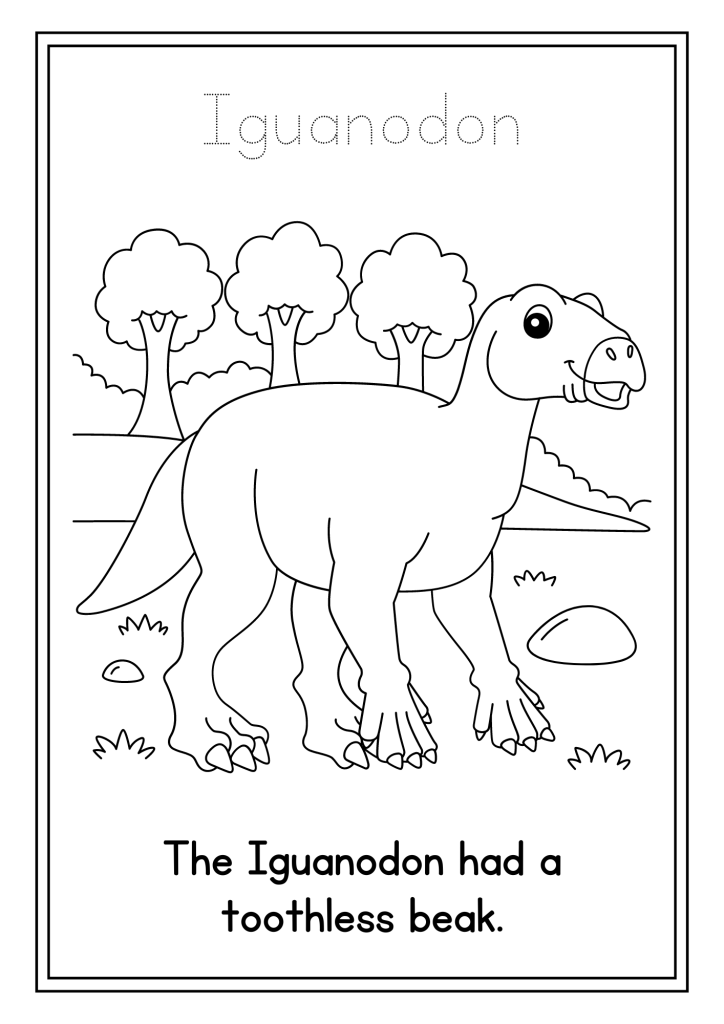
V
- Vulcanodon
- Velociraptor
- Vectidromeus
- Volaticotherium
- Vectidromeus
- Vectidromeus
- Villaviciosa
- Viridonasaurus
- Vulcanodon
- Vulcanodon
W
- Wuerhosaurus
- Wuerhosaurus
- Wuerhosaurus
- Wuerhosaurus
- Wuerhosaurus
- Wuerhosaurus
- Wuerhosaurus
- Wuerhosaurus
- Wuerhosaurus
- Wuerhosaurus
X
- Xianglong
- Xuanhuaceratops
- Xingtianosaurus
- Xenoceratops
- Xuwulong
- Xunlong
- Xixiasaurus
- Xuanhuaceratops
- Xunlong
- Xuxin
Y
- Yutyrannus
- Yangchuanosaurus
- Yingshanosaurus
- Yimenosaurus
- Yutyrannus
- Yutyrannus
- Yutyrannus
- Yutyrannus
- Yutyrannus
- Yutyrannus
Z
- Zalmoxes
- Zephyrosaurus
- Zuniceratops
- Zalmoxes
- Zixiasaurus
- Zuniceratops
- Zalmoxes
- Zuniceratops
- Zuniceratops
- Zuniceratops
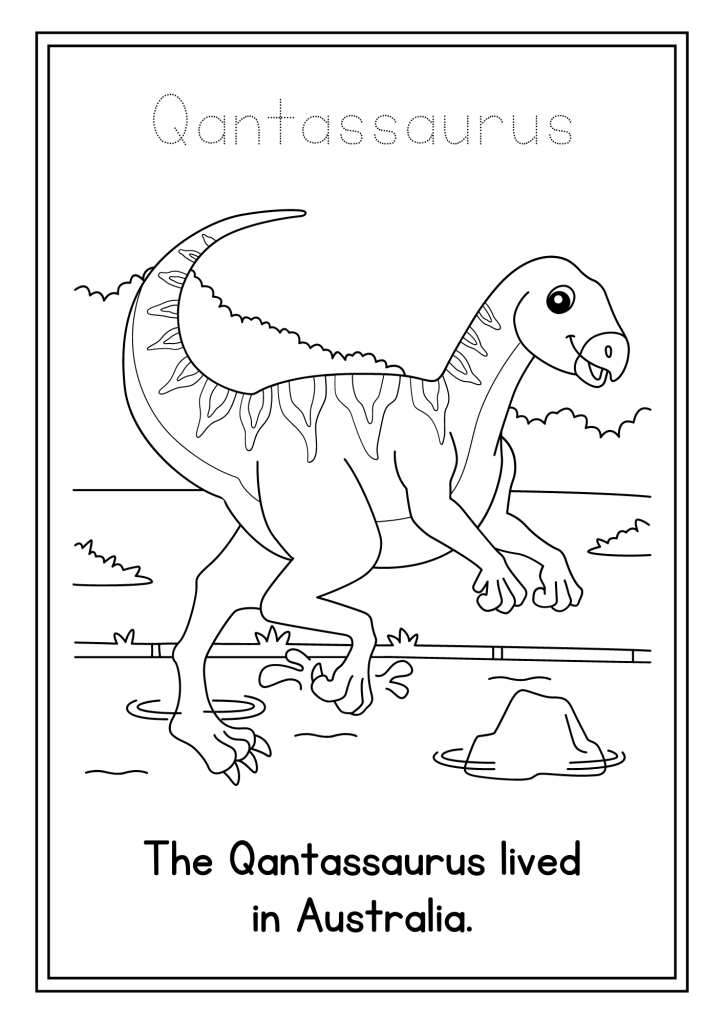
How to Find a Great Dinosaur Name?
Naming a dinosaur can be both fun and challenging. Here are some straightforward tips to help you create a name that stands out.
1. Understand the Characteristics
Begin by considering the dinosaur’s unique traits:
- Size: Is it large like a T-Rex or small like a Compsognathus?
- Diet: Is it a carnivore, herbivore, or omnivore?
- Features: Does it have distinctive features like horns, spikes, or a long neck?
2. Use Greek or Latin Roots
Many dinosaur names derive from Greek or Latin. Here are some common roots:
- “Saurus” means lizard (e.g., Tyrannosaurus).
- “Raptor” means thief or seizer (e.g., Velociraptor).
- “Pteryx” refers to wing (e.g., Archaeopteryx).
Combine these roots with descriptors that relate to your dinosaur’s characteristics.
3. Consider the Location
Where did this dinosaur live? Incorporating geographical names can make your dinosaur memorable. For example:
- “Giganotosaurus” refers to a giant lizard from South America.
4. Make it Descriptive
Think of adjectives that describe your dinosaur. This could reflect its behavior, habitat, or appearance:
- “Swift”, for a fast-moving dinosaur.
- “Colossal”, for a massive one.
5. Keep it Simple
Choose a name that is easy to pronounce and remember. Avoid overly complex combinations that might confuse people.
6. Test it Out
Say the name out loud. Does it roll off the tongue? Does it feel right? It helps to share it with friends or family to get their feedback.

FAQ
1. What are the most commonly known dinosaur names?
Answer: Some of the most commonly known dinosaur names include Tyrannosaurus rex, Triceratops, Velociraptor, and Brachiosaurus.
2. How are dinosaur names typically derived?
Answer: Dinosaur names are usually derived from Greek or Latin, often reflecting physical characteristics, discovery locations, or honors paid to individuals involved in their discovery.
3. Are all dinosaur names scientific?
Answer: While many dinosaur names are scientific and recognized by paleontologists, some popular names may be colloquial or fictional, stemming from movies and media.
4. How many different dinosaur species have been identified?
Answer: Over 700 valid dinosaur species have been identified so far, with new discoveries frequently adding to this number.
5. Are there any resources for kids to learn more about dinosaurs?
Answer: Absolutely! We provide a section dedicated to kids that includes fun facts, games, and interactive content about dinosaurs.
6. Why do some dinosaurs have ‘saurus’ in their name?
Answer: The suffix ‘saurus’ comes from the Greek word for lizard or reptile. It is commonly used in paleontological nomenclature to denote reptiles or related creatures.
7. How can I submit a suggestion for a new dinosaur name?
Answer: You can submit your suggestion through our contact form on the website. We love hearing creative ideas from our visitors!
Also Read:
Final Words
In conclusion, the world of dinosaur names is as fascinating and diverse as the creatures themselves. Each name tells a story, reflecting the characteristics, habitats, and even the discoverers’ inspirations behind these ancient giants.
